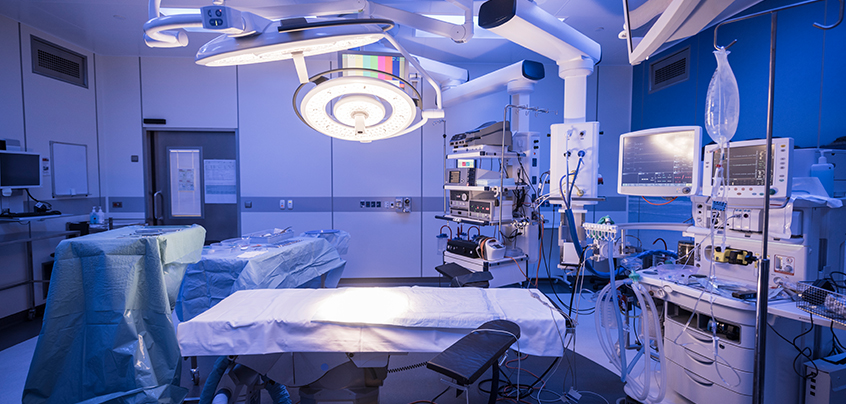



08, April 2019

A biopsy is a medical procedure wherein a body tissue is removed for examination to detect the presence of any disease. The procedure is useful in detecting diseases like cancers spread or the rejection of any transplanted organ. In the case of cancer, the main aim of removing tissues or cells during the procedure is to limit the spread of the tumor, minimize morbidity, and eliminate the possibility of relapse during future treatments. Globally, the incidence of cancer has increased tremendously in the last few years. This necessitated the need for biopsy devices significantly. According to market research, the global biopsy device market is expected to worth $3060 million.
VACUUM-ASSISTED BIOPSY (VAB)
Traditionally, biopsies were performed using core needle aspirations. These procedures were comparatively more tiresome to perform, often being extremely painful for the patients. They were often associated with the risk of bruising and bleeding, leaving scars. However, in the past few years, pathologists and oncologists have started advocating the use of minimally invasive techniques like vacuum-assisted biopsies (VAB) for smoother, undemanding detection.
What is a VAB?
A vacuum-assisted biopsy is a less invasive, percutaneous biopsy method wherein a minute incision is made in the patient’s skin, and a small needle is inserted to collect the tissue sample. This technique facilitates the collection of a large amount of tissue sample in an invasive manner without causing bleeding, bruising or any discomfort to the patients. The VAB procedure is often integrated with modern imaging techniques like MRI and ultrasound or stereotactic guided imaging for proper tissue detection and to guide the radiologist's instruments to the proper site of the abnormal growth.
VAB in breast biopsy
A breast biopsy is performed to remove some cells from a suspicious area in the breast and examine them under a microscope to determine a diagnosis. VAB procedures are the popular choices for performing a breast biopsy. In fact, in the U.S., 47% of biopsy applications use the VAB technique.
Mechanism:
Local anaesthesia is administered before the procedure. VAB for breast biopsies involves placing a biological probe for image guidance, attached to a vacuum device. Physicians use a mammogram or ultrasound to make sure the biopsy probe is in the right place. Once placed, the vacuum source of a VAB device pulls the tissue to be detected through the small incision made into the skin. A rotating cutting device in the instrument removes the tissue sample, which is carried through the biopsy probe to the tissue collection port. The physician can move the biological probe to sample all the desired tissue areas. The entire procedure takes less than an hour. Once complete, an x-ray is performed to make sure that all the affected tissues are excised.
The North American biopsy device market presently dominates the global scene. The US and Canada have superior biopsy technologies specializing in the detection of diseases at early stages, which can significantly reduce the mortality rates of countries. The reimbursement policies in the US for biopsies are far superior to those in other countries. The Women’s Health and Cancer Rights Act (WHCRA) in the U.S helps protect women who have breast cancer and who choose breast reconstruction after a mastectomy (surgical removal of a part or whole of the breast) . This has led to a considerable rise in the use of vacuum-assisted biopsy devices in the country. Some of the US companies now hold patents to these devices, further contributing to the biopsy device market revenue. For instance, Devicor Medical Products holds 19 patents for various biopsy devices such as cutters, piercers and a port for receiving tissue samples.
The adoption of vacuum-assisted biopsy devices has been slow in developing areas of Asia-Pacific, mainly due to its high cost as compared to core needle biopsy. However, with increased medical awareness the situation is expected to change for the better. India and China had been at the forefront of incorporating modern medical practices in their healthcare sector. Also, the region offers low-cost raw materials and labour. This, coupled with the large patient pool, has made several global biopsy device manufacturing companies to establish their manufacturing base in this region

Prevalent cases of terrorist attacks in today’s world is increasing the need for severe standards of security for public safety, and the global market for biometric technology scrupulously accommoda..
Prevalent cases of terrorist attacks in today’s world is increasing the need for..